|
As we reflect on 7 (!) years of restoration work in Walley Creek,
we are looking at priorities for the year ahead. When we began to work on restoration, our primary goal was to understand the creek, its past and current threats and places where it's thriving, and how humans can live more gently with this beautiful watercourse, and even enhance its health and ecological function. Much of our efforts have been focused on salmon, since they are such an important keystone species and receive the bulk of funding and expertise in the stream restoration world. However, we know that Walley Creek may never support a large population of Coho, and setting that as a goal may be ignoring the overall wetland and swamp characteristics of this watershed. We do know that Walley Creek supported resident cutthroat trout, from surveys done as part of the 1994 Fish Habitat Assessment, pg. 11 and 12 and the 1995 Nanaimo Urban Stream Enhancement Study, pg. 27 (see Resources). In the future, we're hoping to work with the Province on better understanding cutthroat trout populations in Walley Creek. These resident species of salmonid are also threatened or endangered in BC streams. When we did our initial stream survey in 2016/2017, we found many trout as we poked around undercut banks. When the creek experienced a disastrous dry spell in 2019, we worried many of the resident cutthroat died. NALT staff and biologists hope to do electrofishing or pit tagging surveys to estimate present cutthroat populations. Walley Creek (and all urban streams) experiences extremely high flows during rain events, and times in the dry season when the stream goes subsurface. These situations are very challenging for fish. They must find refuge in side channels during high flow events, and find pools that are cold and oxygenated enough for them to survive low and no-flow times. In addition, all life in the creek suffers during periods of drought. Going forward we hope to retain water through rain gardens, swales, and increasing the pervious area in the watershed. We also hope to learn from work MVIHES has done on Shelly Creek in Parksville that engaged hydrogeologists in creating a water balance model. A similar tool for Walley Creek would help us mitigate high flows and support the continuous base flows that have characterized this creek from the beginning. So, in 2024 our priorities will be ongoing flow monitoring with support from Provincial hydrologists and the BCCF flo-mo network, and water quality monitoring - RDN CWMN and BCCF 6-PPDQ testing. We will also continue to engage youth and community members in environmental stewardship through invasive removal and riparian protection and revegetation, in Morningside Park with Ecole Hammond Bay students, and with SD68 staff, students and families at the very top of the watershed, where Walley Creek passes Frank J. Ney school.
0 Comments
Again this year we deferred our annual invasive removal with Ecole Hammond Bay students, since the public health regulations aren't changing to allow large outdoor gatherings until after June 15. For now, we're working with our small group of volunteers to remove invasive plants in the riparian area between the gravel path and Walley Creek adjacent to Ecole Hammond Bay. Last year we almost eradicated the thistle that had completely overtaken the area. That allowed other invasive plants to thrive, so this year we are tackling Himalayan blackberry, Daphne (Spurge-laurel), English Ivy, and Bur Chervil. (To identify invasive plants in your area check out the Invasive Species Council of BC website.). These plants are competing with native baby Fir, Cedar, Arbutus and Maple trees, and Salal, Oregon grape and Ocean Spray shrubs for space, light and nutrients. Our hope is that this concerted effort will eventually allow the native plants to become established, creating a more biodiverse and healthy riparian ecosystem.
Volunteers from Walley Creek and Departure Creek Streamkeepers pulled off a small project in the "salmon window", so that we could follow Covid protocols.
Our annual invasive removal in Morningside Park looked a little different this year. With schools closed and everyone practicing physical distancing, we relied on a small group of friends and family to tackle invasives in Morningside Park. Thistle, Daphne, and Ivy out-compete native plants like Oregon grape, ocean spray, and tiny fir and Cedar for sunlight and nutrients. By removing as many invasives as possible, we hope to encourage the diverse native plants to thrive. Illegal dumping of yard waste continues to be a problem in Morningside Park. Year after year we discover leaves, grass clipping, and even Christmas trees dumped over people's fences into the sensitive riparian area. Years ago someone broke up an old patio and threw the concrete chunks and fence post footings "away". "Out of sight, out of mind" behaviour degrades the slope stability, causes erosion, smothers native plants that are stabilizing the bank and providing shade, and can crush/impede wildlife. Through talking to residents who back onto the creek, we know that most neighbors understand the importance of properly disposing of yard waste. However, a part of restoration still includes removing materials that have been illegally dumped. We're hoping our continued work and outreach eradicates this problem!
Each week since June we've been carefully watering the Oregon grape, ferns, Nootka rose, Snowberry, and Salmonberry that were planted in the riparian area back in March. We are careful not to let any treated "tap" water enter the creek, but volunteers soak the mulch and soil enough that the plants have a chance to get established this spring/summer. We have also spent many hours pulling invasive thistles along the gravel path. This area was disturbed in 2015 when the RDN upgraded the wastewater outfall at Morningside Drive. The City then replanted both sides of the path and installed an irrigation system to support Maple trees, Salal, Oregon grape and ferns until they were established. The irrigation system is no longer being used, and the native plants are being choked out by opportunistic weeds. While we focus on the riparian area and salmon habitat, we recognize the importance of this park land as a corridor and habitat for many other animals. This is one of many tasks we take on in this "adopted" park.
This was the third year grade 7 students from École Hammond Bay participated in a work party to give something back to this community park that has been a place to explore and appreciate nature during their time in elementary school. Parents conceived this project as a way for students to be meaningfully involved in fundraising for Grade 7 year-end activities. Each year students gather pledges for a couple of hours of work with the Walley Creek Streamkeepers, DFO and City of Nanaimo staff. Extra funds are donated back to the Streamkeepers, who use the funds to help with our outreach and education activities. Every year the young people have a chance to learn about the importance of native plants and trees to stabilize the stream banks and provide shade and habitat for fish, amphibians, invertebrates, and mammals that live along Walley Creek. Then they participate in removing invasive species like Daphne, Himalayan blackberry, and ivy so that native plants and trees can flourish. Their hard work and enthusiasm help us accomplish so much in this beautiful little City Park!
If you have visited Neck Point Park in Nanaimo you have passed over Walley Creek where it flows into Hammond Bay. This section of the creek, upstream of Morningside Drive, flows between private properties and a piece of City of Nanaimo park land. The park is enjoyed by students from École Hammond Bay Elementary School and children from the surrounding neighbourhood. It has a small wetland with potential habitat for salamanders, frogs, and all sorts of mammals and birds. Illegal dumping of yard waste and garbage over the years has done serious damage to a steep slope on the north side, eroding the bank and degrading the riparian zone. It is the location of one of our RDN CWMN water quality monitoring sites, and an area where we have worked hard removing garbage and invasive species in the past two years, with help from Grade 7 École Hammond Bay students. Dave and Brad added logs and stumps. Nina secured delivery of soil and bark mulch. Linda and Nina coordinated volunteers (neighbors, Dover Bay eco-club, family members, and Nature Kids) In May 2016, NALT offered a Streamkeepers workshop on Departure Creek. Nina was able to attend the two full days of training, and became an official Streamkeeper! As a group we decided it was time to visit Gail Adrienne, NALT's Executive Director, to thank her for connecting us, and to ask her advice about what to do next. She suggested working with Dave Clough to plan for riparian planting. This would help establish shade and prevent erosion of the banks of the creek.
Gail also had great information about the history of Walley Creek. She said it is one of the last creeks in Nanaimo that is open to daylight along its whole length, and that it is known for having year round flow. She knew that the Georgia Basin Ecological Assessment and Restoration Society (GBEARS) did a small project to restore a culvert along Walley Creek many years ago. She suggested we do as much research as possible into the history of the area so we would know what to realistically aim for in terms of restoration. She alluded to many (ahem) interesting diversions of the creek by people who live beside it, especially in the strata neighborhood at McGuffie and Hammond Bay Roads. Finally Gail suggested we officially become the Walley Creek Streamkeepers, as a committee under NALT. This solved our dilemma about how formal our group should be and how to apply for grants for the work we want to do. It's official - we are the Walley Creek Streamkepers! |
Categories
All
Archives
March 2024
|


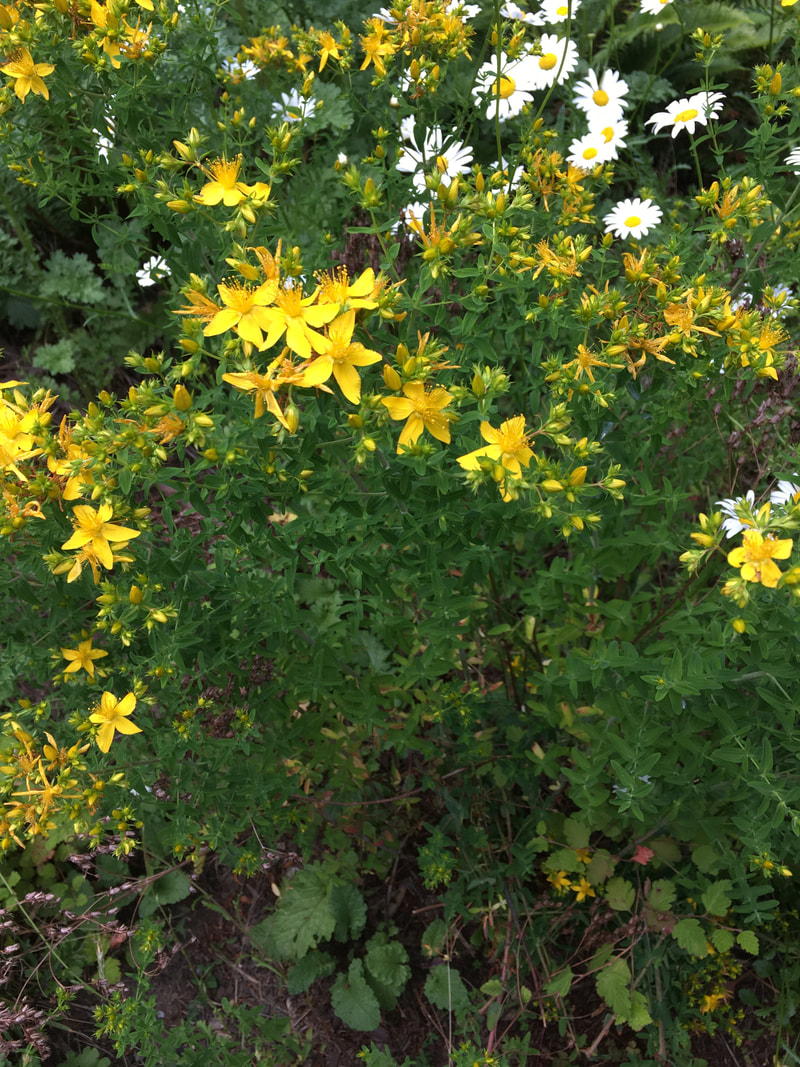
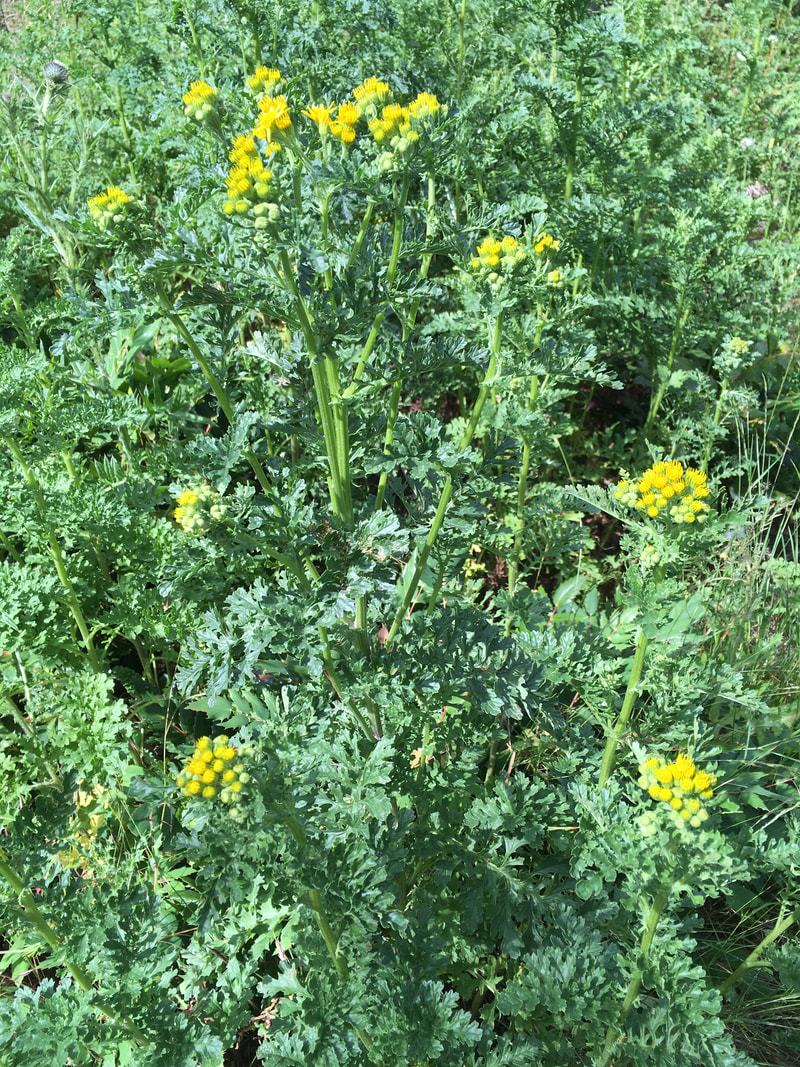


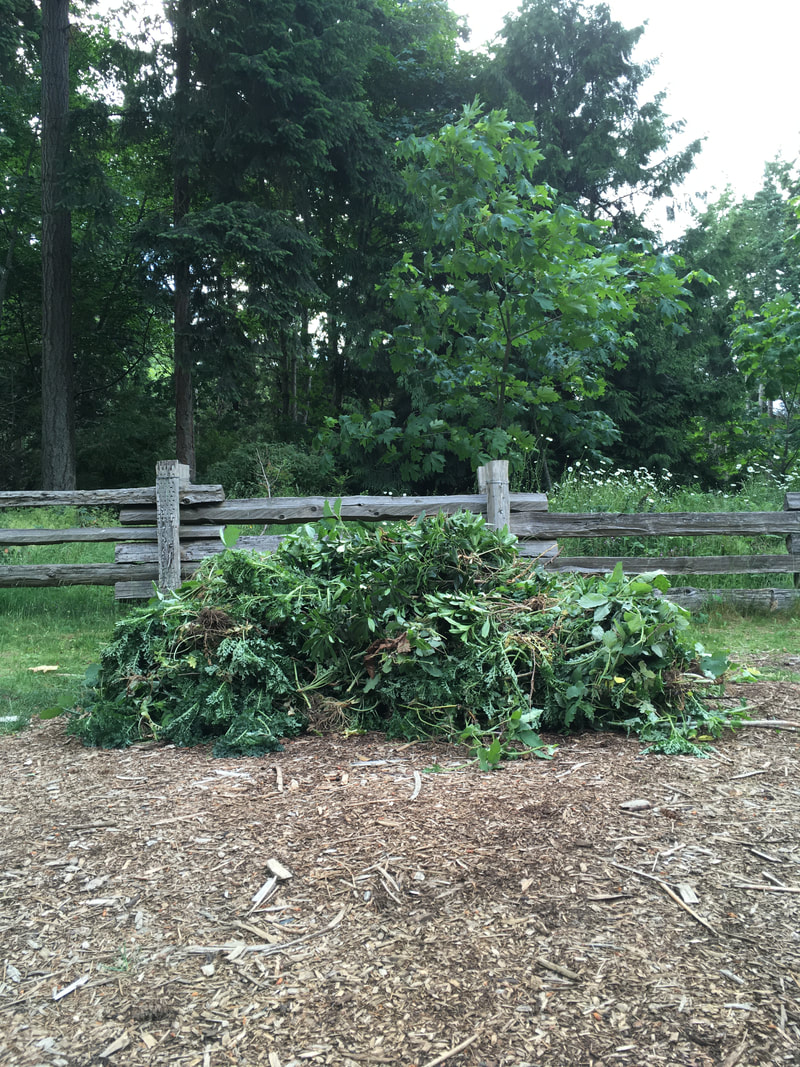

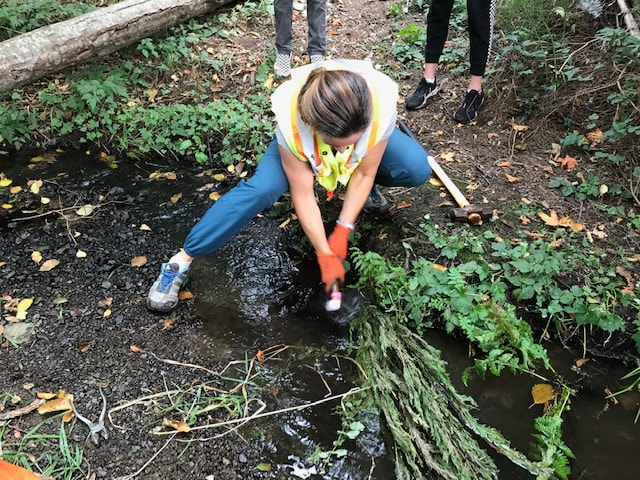
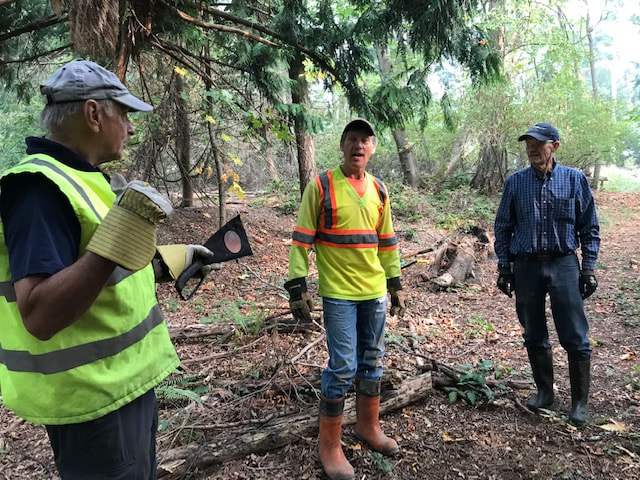

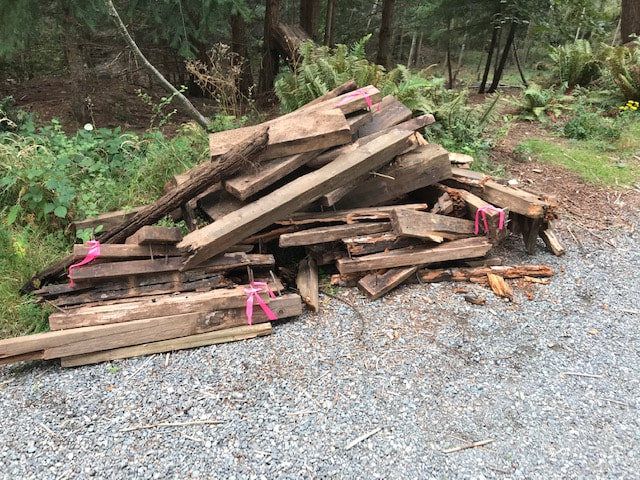


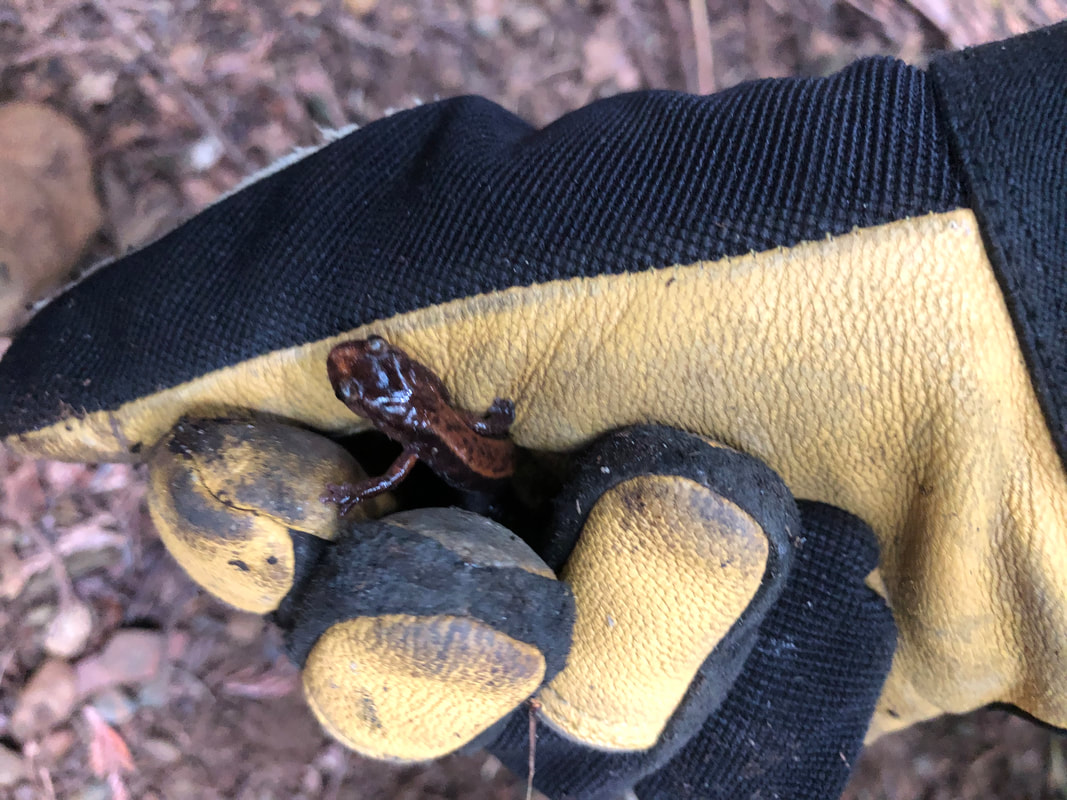



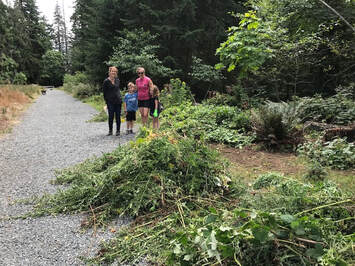
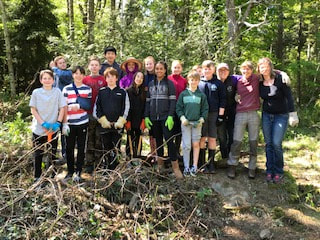

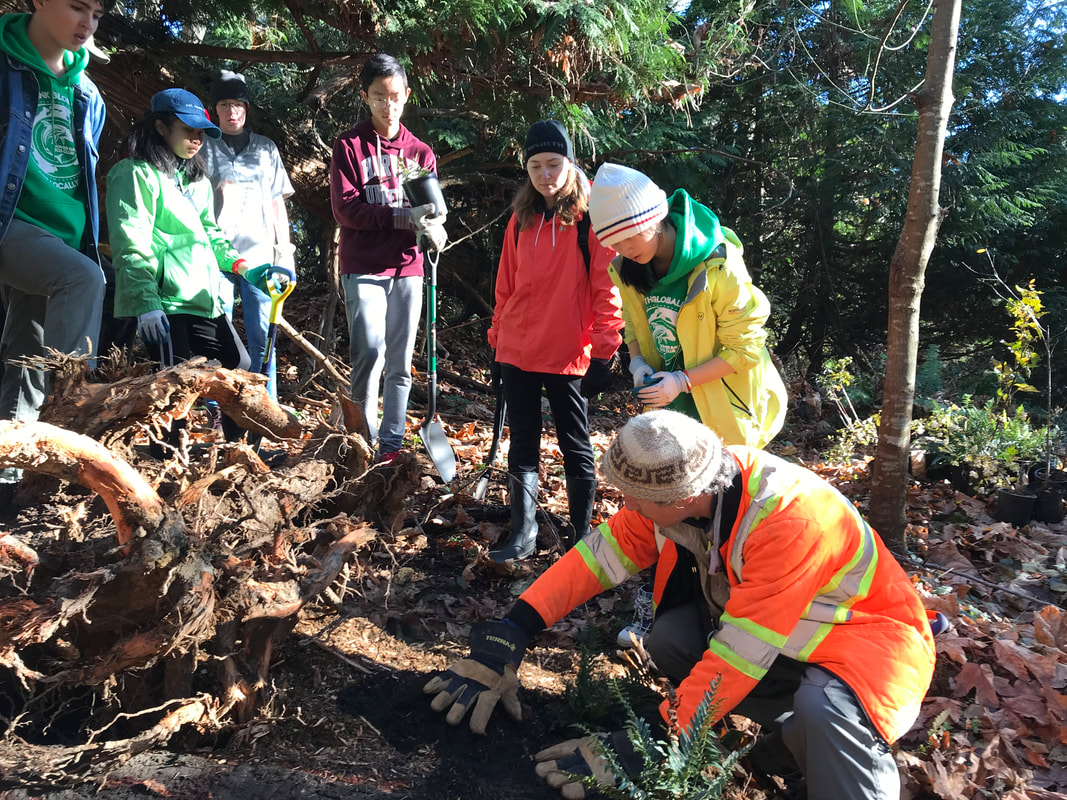
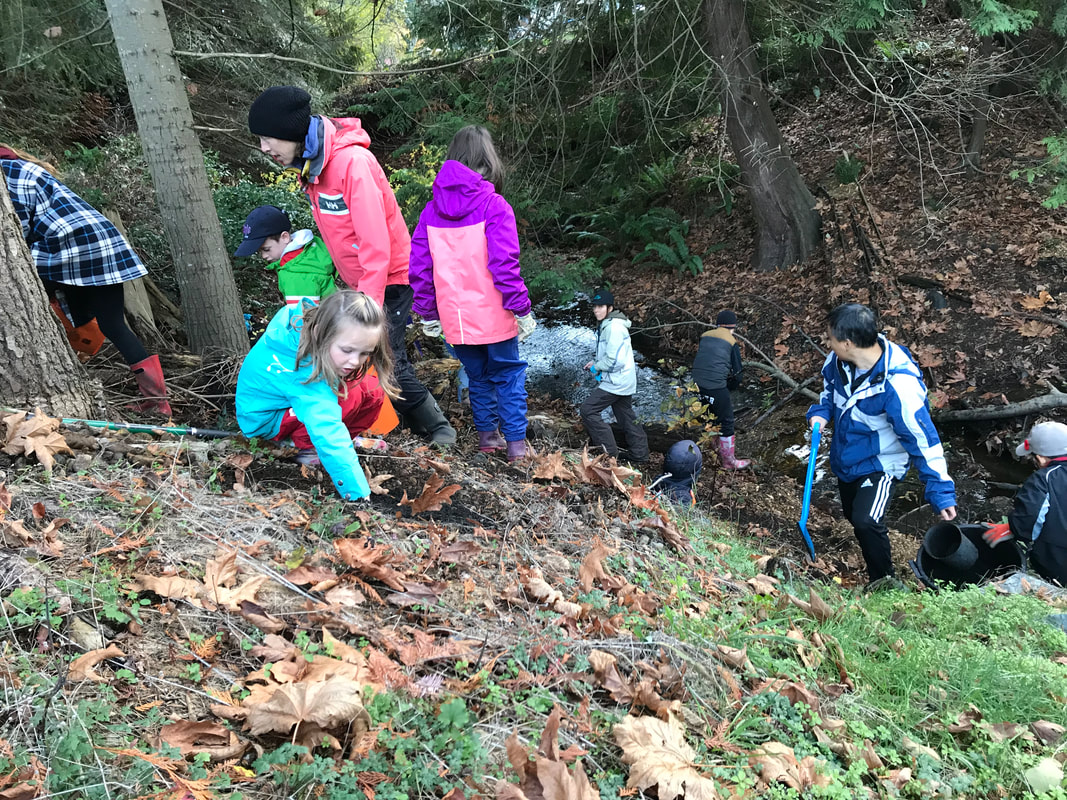
 RSS Feed
RSS Feed
